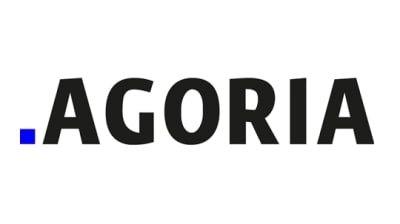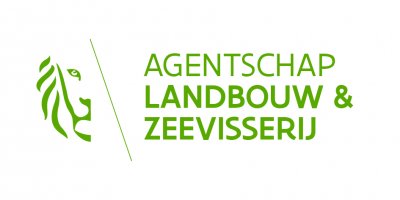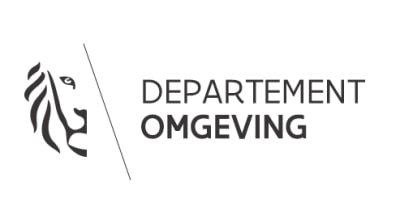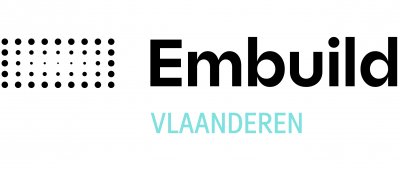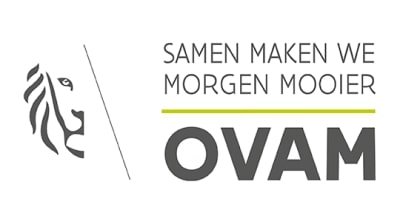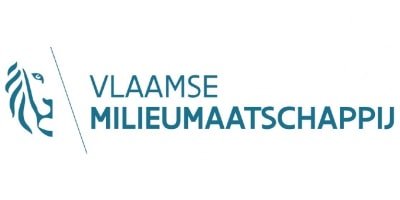Topics
We organise our actions in six thematic & strategic agendas:
Strategic Agendas:
Bio-economy
Circular Construction
Chemicals/Plastics
Manufacturing Industry
Food Chain
Water Cycles
Seven leverages provide additional support:
Leverage effects:
Lever Policy Instruments
Lever Circular Procurement
Lever Communication
Lever Innovation & Entrepreneurship
Lever Financing
Lever Jobs & Skills
Lever Research
What, why and how?
Why are we pursuing a circular economy?
Future visions 2050
How do we see our circular future?
About our management
Who steers what at Flanders Circular?
PTS Mechelen
A textbook example of adaptable and future-proof construction
In the Groentjesblok at PTS Mechelen, children enjoy going to school. In this near-energy-neutral new building, pupils attend classes in the classrooms of the future, which include modular classroom walls, ultramodern heat recovery systems and an airtight outer shell of preserved wood.
Concrete support structure with modular materials
The Green Block is a design by HASA architects. That firm, together with Cenergie and their tool C-CalC, mapped the circularity, and with TOTEM the facade details of the design. The final project became a concrete skeleton with modular materials, such as the JUUNOO walls. With those movable walls, you can make a classroom for 30 students today. And you can reassemble them tomorrow as practice rooms for smaller groups. A few of the windows have mobile blinds. Teachers can adjust them according to the orientation of the sun, keeping classrooms cool.
BEO field and concrete core activation
The school cools and heats the building with a BEO field. This works like geothermal energy: a heat pump extracts cold from the ground via a borehole in the summer and heat in the winter. Large buildings that require a lot of energy need more boreholes. They then call that a BEO field. In addition, the architects applied concrete core activation. This involves water running through horizontal ribs in the ceilings, and can also cool or warm a building. Finally, an energy-efficient ventilation system D blows fresh air into the rooms.
Province of Antwerp as project leader
The Groentjesblok is a 6.1 million euro investment by the Province of Antwerp, and fits perfectly into the provincial climate plan, “Plan Vandaag. That aims for 40% less CO2 emissions by 2030, more climate-safe municipalities, and clean and affordable energy for every inhabitant.
 |
 |
 |
 |
Pictures: Tim Van de Velde
Provincie Antwerpen
Sectors
Themes
Organisations

